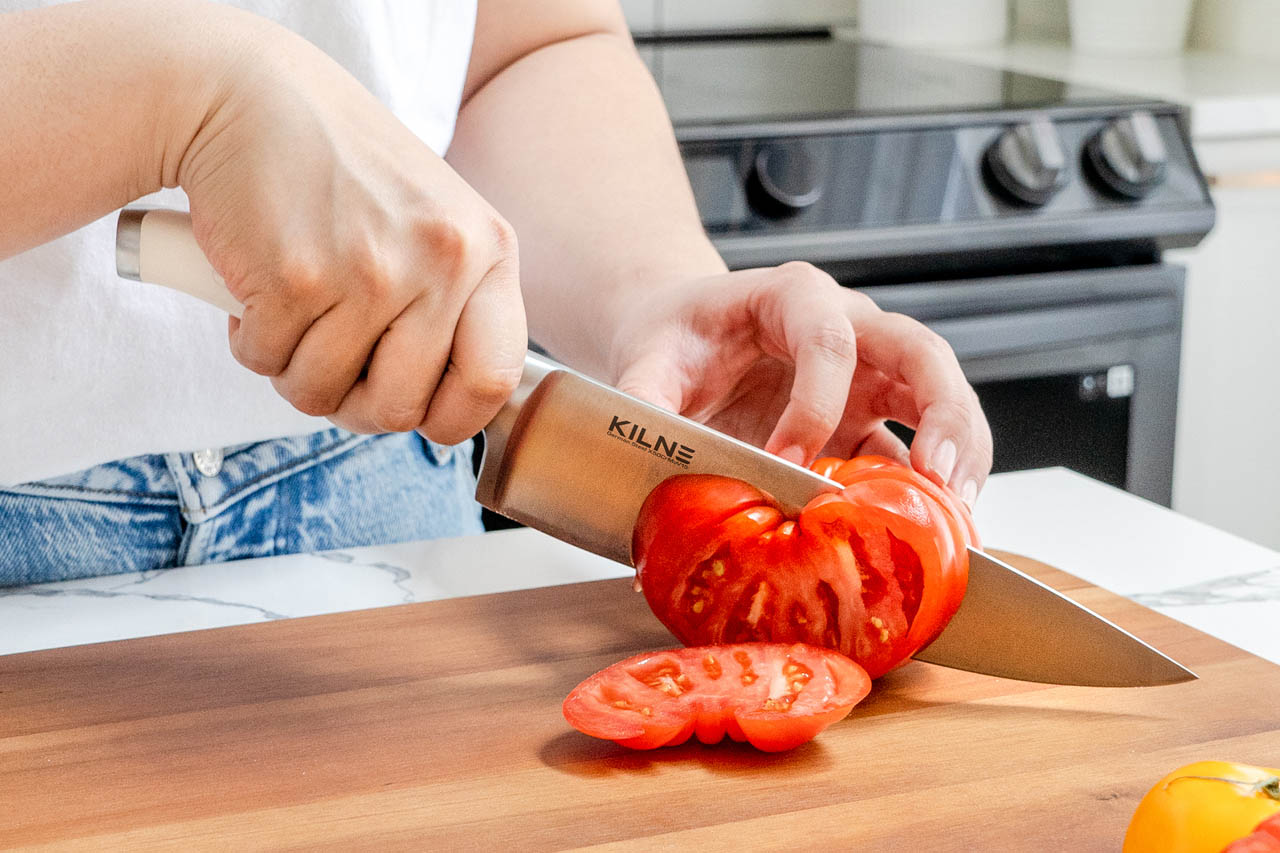
The most important investment you can make for you kitchen is a set of good-quality knives. While you might be put off by the fear of owning an overly sharp blade, it’s actually more dangerous to do your prep with a dull knife, as it forces you to use far more pressure and movement. A well-made knife will always do the work for you, making your prep safer and easier. But which type of knife is best for each job? Here are the best types of knives to prepare you for anything in the kitchen.
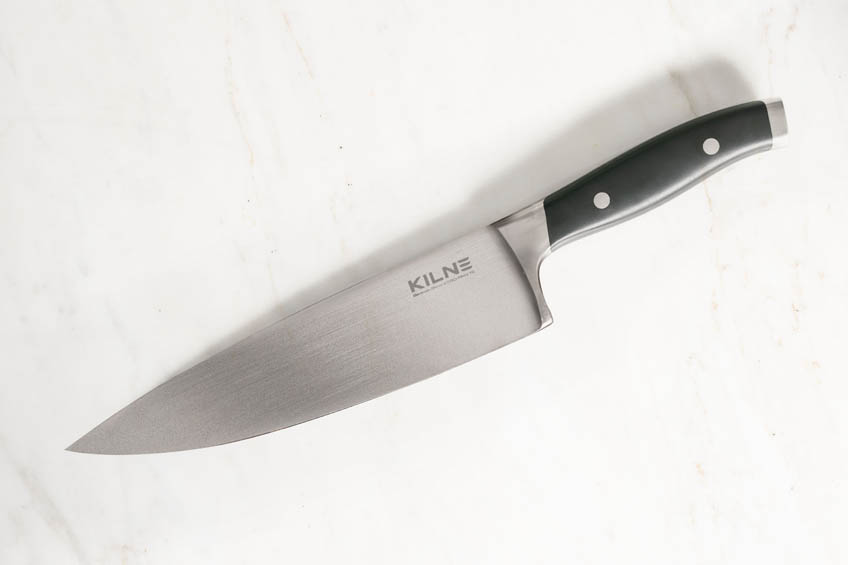
Kilne Chef’s Knife, $50, Kilne
Chef’s Knife
A chef’s knife is the most crucial knife to have in your kitchen and if you invest in a higher quality brand, you’ll only ever need one. It’s multi-purpose with a curved edge, which allows it to easily rock back and fourth on a cutting board. Ranging anywhere between 6 to 12 inches long, chef’s knives traditionally have a heavier blade allowing that weight to do the tough work for you. When purchasing, you’ll want to choose one with a handle that feels secure and generally just feels right. Your knife should feel like an extension of your hand, so shop around until you find the perfect one.
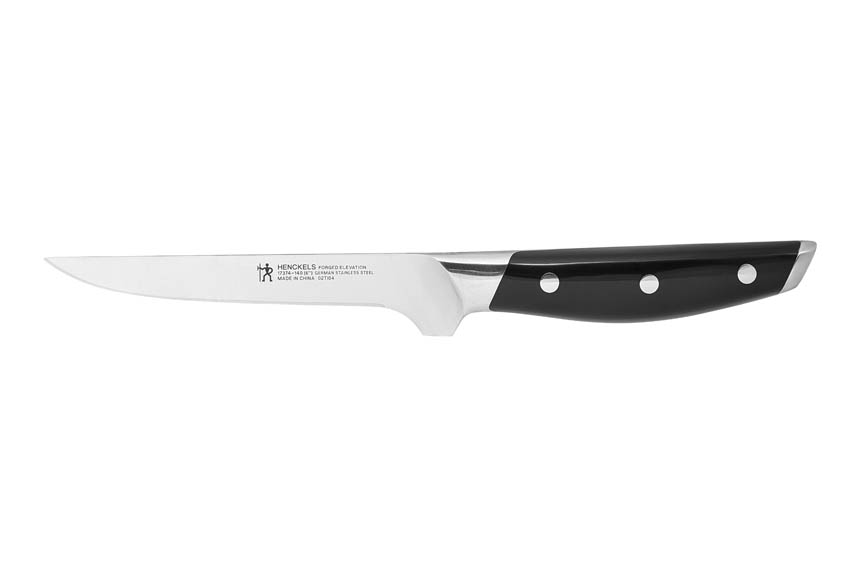
Henckels Boning Knife, $80, Zwilling
Boning Knife
Boning knifes have ultra flexible and tapered blades that are usually 5 to 6 inches long, making it easy to guide your way through certain meats. While not necessary in every household, you might want to consider owning one if you butcher whole chickens, fillet your own fish or butterfly chops.
Related: My Preschooler Tried a Kid-Safe Chef’s Knife, Here’s His (Ahem, My) Honest Review
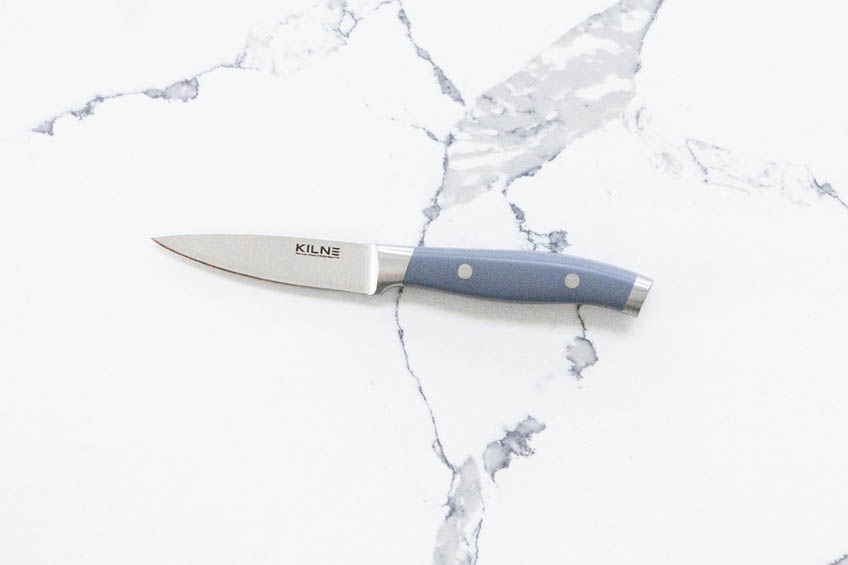
Kilne Pairing Knife, $35, Kilne
Paring Knife
Pairing knives are small with a simple blade that works best for quick jobs like slicing through vanilla beans, or intricate work like crosshatching chestnuts or segmenting citrus. Ranging in size from 2 ½ to 4 inches long, make sure you choose a knife that’s light in weight with a super sharp blade.
Related: The Top 5 Kitchen Utensils Every Home Cook Needs
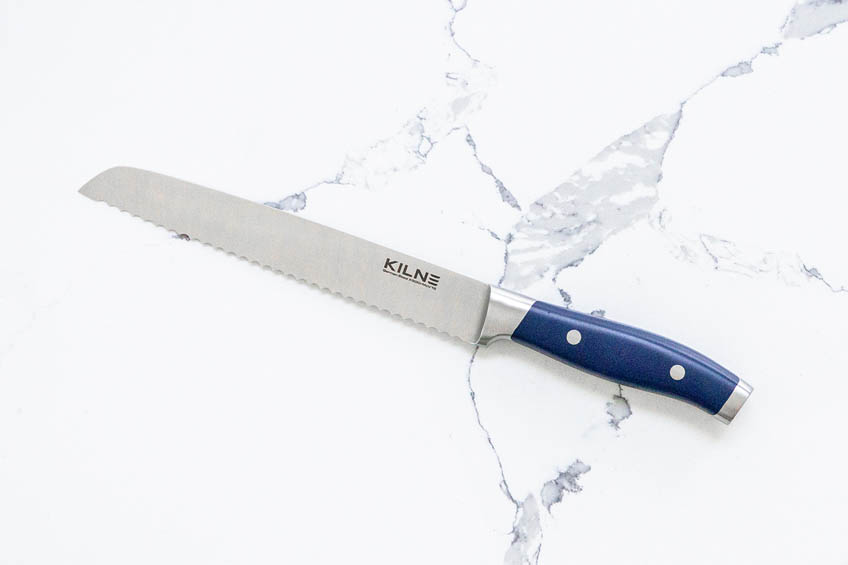
Kilne Bread Knife, $45, Kilne
Serrated Knife
While serrated knives are the no-brainer option when it comes to cutting any type of bread, they’re also the ideal choice for slicing layered cakes or cutting through soft fruit like tomatoes. Keep in mind their ridged teeth can never be sharpened, so you might have to invest in a few throughout your lifetime.
Related: Bread Baking for Beginners: How to Make the Perfect Sourdough Loaf
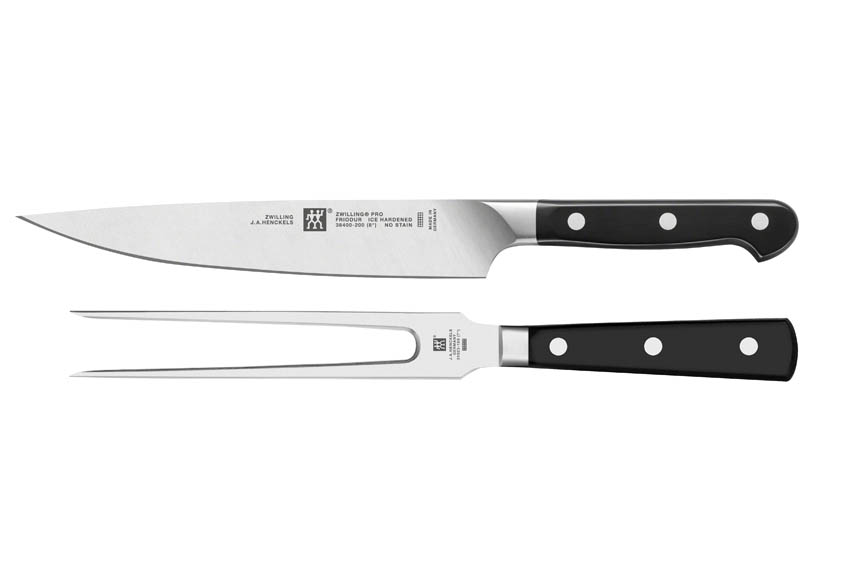
Zwilling Carving Knife Set, $350, Zwilling
Carving Knife
Carving knives are large, long and thin, with a blade that’s between 8 and 15 inches long. Its super slim shape makes it a breeze to carve meat with precision, giving you show-stopping slices of roasts, prime rib, turkey and ham perfect for entertaining.
Related: The Ultimate Guide to Turkey Cooking Times
Once you’ve invested in some great knives, the most important thing to remember is to always keep them sharp. If you cook every day, you should be sharpening your knives every week. When you feel like your blade is starting to dull, sharpen it yourself or take it in to get sharpened by a professional to keep its edge clean and long-lasting.
